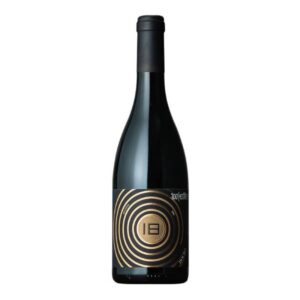Description

Behind Adega Cartuxa is a large family, the Eugénio de Almeida family. Let's go back to 1913, the year in which Vasco Maria was born, into one of the most influential families of the 19th century. Born in Lisbon, he soon established ties with Évora and Alentejo, where the family had an extensive heritage. Vasco Maria always considered people as the most valuable variable around which he organized all his efforts. Among them, the revitalization of wine-growing activity and the investment in the planting of a vast area of olive groves just a few kilometers from Évora stand out, which resulted in the wines and olive oils still produced today.
According to tradition, the name of Pêra-Manca derives from the toponymic “stone lame” or “oscillating stone” – a granite formation of rounded blocks, unbalanced on firm rock.
History associates this name with the friars of the Convent of Espinheiro, in Évora, who owned, in the 15th and 16th centuries, vineyards located in a place with many loose granite stones, which swayed.
Its wines would be very famous at the time, to the point that Pedro Álvares Cabral took some barrels on the expedition to discover Brazil.
This would be the wine, shared with the indigenous people, that Pero Vaz de Caminha talks about in one of his letters.
The story goes that the tradition of Pêra-Manca wine dates back to the Middle Ages. The story also goes that around 1365, Our Lady appeared on top of a thorn bush to a shepherd. A few years later, an oratory was built in his honor and in 1458, given the growing importance of the place as a pilgrimage point, a church was built. The subsequent foundation of a Convent, which would house the Order of St. Jerome, followed. And, in the 15th and 16th centuries, the Pêra-Manca vineyards were owned by the friars of the Convento do Espinheiro, in Évora.
In 1517, the friars of the Convento do Espinheiro were forced to lease these vineyards – as they were very expensive to manage – to Álvaro Azedo, squire of the King and his wife, Filipa Rodrigues. D. João II speaks of them, in a letter to the Évora City Council.
It was recovered in the 19th century by the prosperous Casa Soares, owned by Councilor José António d'Oliveira Soares, who transformed it into a sophisticated wine. However, following the phylloxera crisis, Casa Soares stopped producing Pêra-Manca. It was the heir of the extinct Casa Soares, José António de Oliveira Soares, who, in 1987, offered the name to the Eugénio de Almeida Foundation, which began to use as its label the adaptation of an advertising poster designed by Roque Gameiro in the 18th century and gains worldwide notoriety and recognition, now being considered one of the great national brands.





